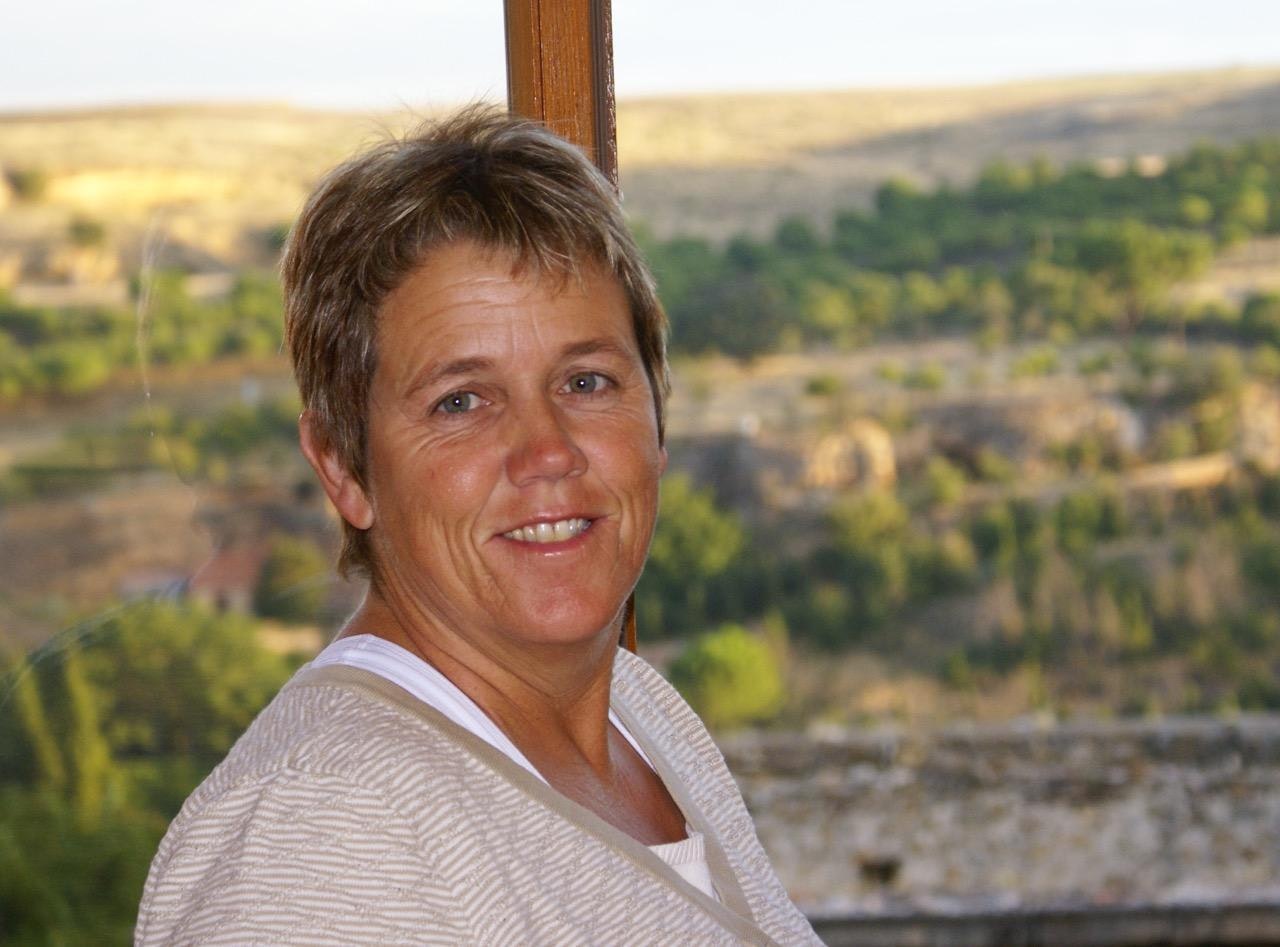Last week, while the world’s attention focused on Russia’s assault on Ukraine, representatives of 164 nations gathered in Geneva, Switzerland to continue working on the Convention on Biological Diversity’s (CBD) plans “to safeguard nature” through a global biodiversity framework. A key target of that framework is to ensure that “at least 30 percent globally of land areas and of sea areas” are conserved as protected areas.
Although President Bill Clinton signed the CBD in 1993, his action was not ratified by Congress, so the United States is not a party to the convention but attends and participates via its “other governments” status in the proceedings.
A few days after taking office, President Biden signed an executive order instructing federal agencies and departments to begin work on a plan to “achieve the goal of conserving at least 30 percent of our lands and waters by 2030” in line with the CBD. But what was initially perceived as a threatening land grab was quickly toned down when the Biden administration announced its initiative, renamed America the Beautiful, a few months later. Rather than setting aside 30% of America in protected areas, the Biden plan identified six priority areas:
- Creating more parks and safe outdoor opportunities in nature-deprived communities.
- Supporting Tribally led conservation and restoration priorities.
- Expanding collaborative conservation of fish and wildlife habitats and corridors.
- Increasing access for outdoor recreation.
- Incentivizing and rewarding the voluntary conservation efforts of fishers, ranchers, farmers, and forest owners.
- Creating jobs by investing in restoration and resilience projects and initiatives, including the Civilian Climate Corps.
One year into the program, the administration’s progress report does not even include an estimate of the amount of land protected, conserved or restored in the United States. Instead, it highlights cooperative and voluntary efforts to support wildlife habitat, honor private property rights, preserve working landscapes, and increase access for outdoor recreation.
While the Biden administration says it is using the America the Beautiful initiative to meet the 30 x 30 target, the plan is now put forth as “a locally led and voluntary nationwide effort that aims to conserve, connect and restore 30 percent of America’s land and waters by 2030” rather than the CBD’s demand for 30% of the globe to be set aside in “protected areas.”
The Biden administration’s next step is development of an Atlas which will be used to measure progress toward the 30 x 30 goal. Instead of simply measuring the number of acres in designated protected areas, the administration proposes to include “the progress of conservation, stewardship and restoration efforts across the country.”
That indicates that a wide variety of conservation initiatives will be included in counting progress toward the 30 x 30 goal – including acres treated for invasive species, acres enrolled in various federal and state conservation programs, private lands under conservation easements, and perhaps the many, many acres of federal lands in the West that are managed for multiple uses rather than just lands designated for wilderness preservation and national parks.
The Biden administration is aware that progress toward the 30 x 30 goal will substantially depend on what exactly is being measured, but this indicates his administration is taking a different approach than many protectionists.
Percentage-Based Conservation
During the last 40 years, various papers were published in scientific journals that all start with the premise that protected areas are the cornerstone to conservation of the world’s biological diversity and attempting to justify percentage-based global conservation targets.
In 2010, the CBD proposed that 17% of the world should be protected by 2020, but eventually the target area grew to include half the terrestrial habitats of the world under the “Nature Needs Half” theory – which also advocated depopulation of rural areas in favor of moving the human population into developed cities. The 30% by 2030 (30 x 30 plan) is regarded as only a stepping stone for the larger goal of having half the planet under protected status by 2050.
For a look into the science (or lack thereof) involved in development of these percentage-based conservation plans, read this excellent account by Simon Counsell.
Protected Areas
Mark Dowie has written extensively about how setting aside lands into protected areas for conservation has resulted in the displacement of millions of people around the globe (on every continent except Antarctica). There’s a name for these people: conservation refugees.
Protected areas in developing nations usually entail eviction of local human populations, and enforcement of boundaries. Africa’s war on poaching became “green militarization” and “fortress conservation” with resulting violence against local inhabitants, and evictions due to lands designated as protected areas furthering human impoverishment.
Not all protected areas result in violence against their former inhabitants, but restricting traditional uses such as hunting and wood-gathering is common. And it’s not just happening in foreign countries.
As Dowie writes, “The preference for ‘virgin’ wilderness has lingered on in a movement that has tended to value all nature but human nature, and refused to recognize the positive wildness in human beings.”
New Conservation
Members of the conservation science community are now embroiled in the “new conservation debate,” pitting the “nature protectionists” who favor setting aside lands and waters for the sake of biodiversity while restricting human use, with “social conservationists” who believe that severing humans from nature is a bad idea and that sustainable use and poverty alleviation should be incorporated into conservation planning. It appears that the Biden administration is turning away from the nature protectionists and his policies align with these social conservationists.
Old School
Biden’s policies that emphasize keeping humans connected with nature while conserving the natural world isn’t in keeping with an active faction of his political party in Congress. A group of Democratic members of Congress have endorsed a proposal to vastly expand protected areas in the Northern Rockies.
The Northern Rockies Ecosystem Protection Act (NREPA) would designate all of the inventoried roadless areas in the Northern Rockies – an additional 23 million acres – as designated Wilderness areas, add 1,800 miles of rivers and streams to the list of federally protected Wild and Scenic Rivers, and create a series of federally designated wildlife migration corridors. These lands and waters are located in Wyoming, Montana, Idaho, Oregon, and Washington.
The legislation is sponsored by Congressional members who do not live anywhere near the areas to be protected. When filing the bill in the U.S. House last year, Democratic Representative Carolyn Maloney of New York said in a statement, ““This legislation would bring us significantly closer to the 30 x 30 Resolution by protecting our nation’s wild lands, animals, and ecosystems.”
With New York’s Maloney the primary sponsor, she has been joined by 36 other Democrats from throughout the country as cosponsors – only one who lives within a state that would be impacted by the legislation. A similar bill filed in the Senate by Senator Sheldon Whitehouse, a Democrat from Rhode Island), has 11 cosponsors, none of whom represent an area that stands to be impacted by the bill.
If the past is any indication, NREPA has little chance of moving forward, since it has stalled numerous times in the past. Perhaps Biden’s Democratic colleagues in Congress will eventually leave the protectionist camp and join the social conservationists in the realization that conserving biodiversity should be paired with sustaining human livelihoods and communities.
Cat Urbigkit is an author and rancher who lives on the range in Sublette County, Wyoming. Her column, Range Writing, appears weekly in Cowboy State Daily.





